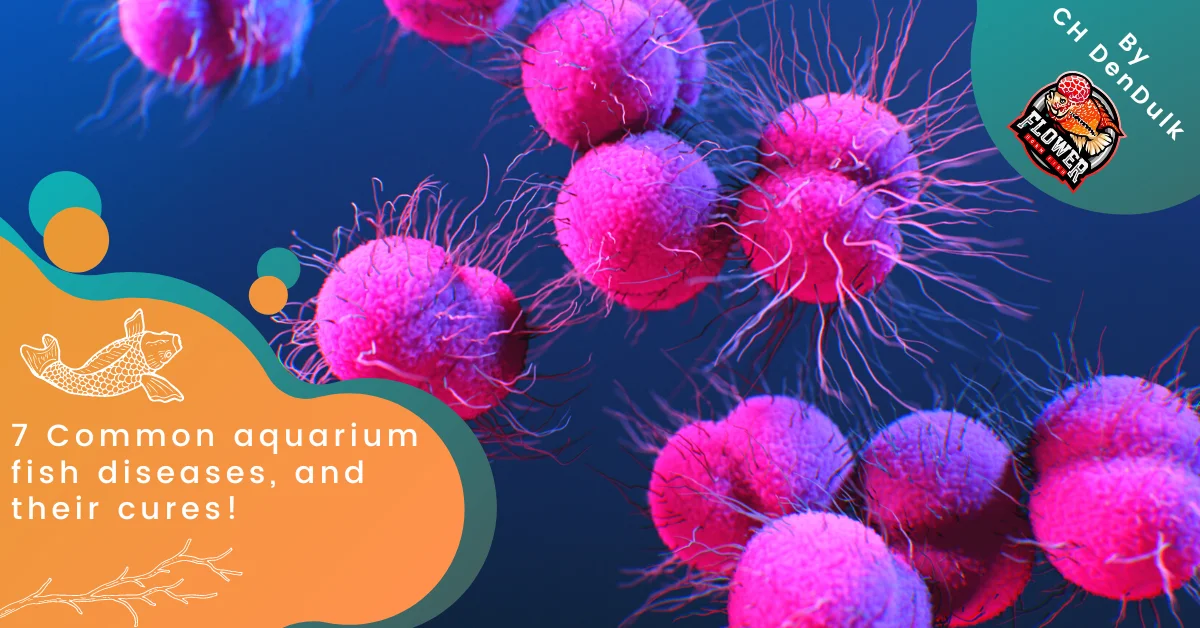
These 10 commandments of fishkeeping should be printed out and sit next to every aquarium both experienced fishkeepers and beginners will benefit by following these 10 fishkeeping commandments.
Don’t assume that all tropical fish are low-maintenance.
While tropical fish can be beautiful and fascinating pets to have, they are not necessarily low maintenance as many people new to the hobby assume. Here are 5 reasons why they aren’t:
- Water quality: Tropical fish require consistent and appropriate water quality in their aquarium. This means that you will need to regularly test the water and perform water changes to maintain proper water parameters, such as pH, ammonia, nitrate, and nitrite levels.
- Temperature control: Tropical fish require a specific temperature range to thrive, and you will need to maintain a consistent temperature in the aquarium using a heater.
- Feeding: Tropical fish require a balanced and appropriate diet, which may include a variety of foods such as flakes, pellets, freeze-dried or frozen food, and live food. Overfeeding or underfeeding can cause health problems for the fish.
- Tank size and decor: The size of the aquarium and the type of decor you use can also impact the maintenance requirements of your tropical fish. A larger aquarium can provide more stable water conditions and more space for the fish to swim, while certain types of decor may require more cleaning and maintenance.
- Disease management: Like any pet, tropical fish can be prone to health issues, including diseases and parasites. You will need to monitor your fish for signs of illness and be prepared to treat them as necessary.
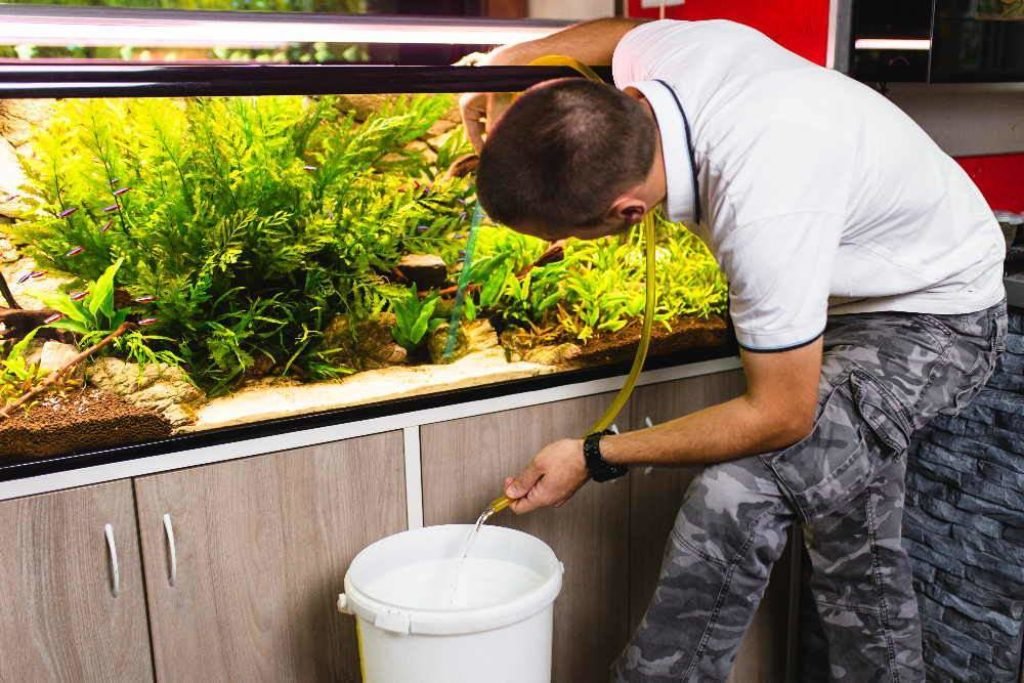
Do your own research.
Some shops in my experience give good advice, but the majority do not. In the age of the Internet, there is a huge amount of information at your fingertips via your smartphone. Doing your own research is important when it comes to buying and caring for tropical fish. Here are a few reasons why:
- Understanding the specific needs of the fish: Different species of tropical fish have different requirements when it comes to water temperature, pH levels, tank size, and more. Researching the specific needs of the fish you are interested in can help you ensure that you are providing them with an appropriate environment.
- Identifying compatible tank mates: Some species of tropical fish are more social and thrive in groups, while others may be more solitary. Additionally, certain species may not be compatible with others due to differences in temperament or specific environmental needs. Researching the compatibility of different fish species can help you build a healthy and happy community in your aquarium.
- Learning about common health issues: Certain types of tropical fish may be more prone to specific health issues or diseases. By researching the common health issues associated with the fish you are interested in, you can be better prepared to recognize and address any health concerns that may arise.
- Choosing a reputable supplier: It’s important to purchase your tropical fish from a reputable supplier to ensure that they are healthy and well-cared for. Researching different suppliers and reading reviews from other customers can help you identify a trustworthy source for your fish.
Read up on the nitrogen cycle and cycle your aquarium before adding fish.
Cycling your aquarium is a crucial step in establishing a healthy and stable environment for your fish. This is a critical and most overlooked step in establishing a healthy and stable environment for your fish. By establishing colonies of beneficial bacteria and maintaining stable water parameters, you can create a thriving aquarium that provides a happy and healthy home for your fish.
- Beneficial bacteria: Cycling your aquarium involves establishing colonies of beneficial bacteria that help to break down the waste produced by your fish. These bacteria convert harmful ammonia into less harmful nitrite, and then into even less harmful nitrate. Without these bacteria, the levels of ammonia and nitrite in your aquarium can become toxic to your fish.
- Stable water parameters: Cycling your aquarium helps to establish a stable environment with consistent water parameters. This is important because sudden changes in water temperature, pH, or other parameters can stress your fish and make them more susceptible to illness.
- Improved fish health: By establishing a healthy and stable environment, cycling your aquarium can help to improve the overall health and well-being of your fish. This can lead to happier and more active fish, as well as a more beautiful and thriving aquarium.
- Reduced maintenance: Once your aquarium is fully cycled, you will likely find that it requires less maintenance than it did during the initial setup phase. This is because the beneficial bacteria established during cycling will help to maintain water quality and reduce the need for frequent water changes.
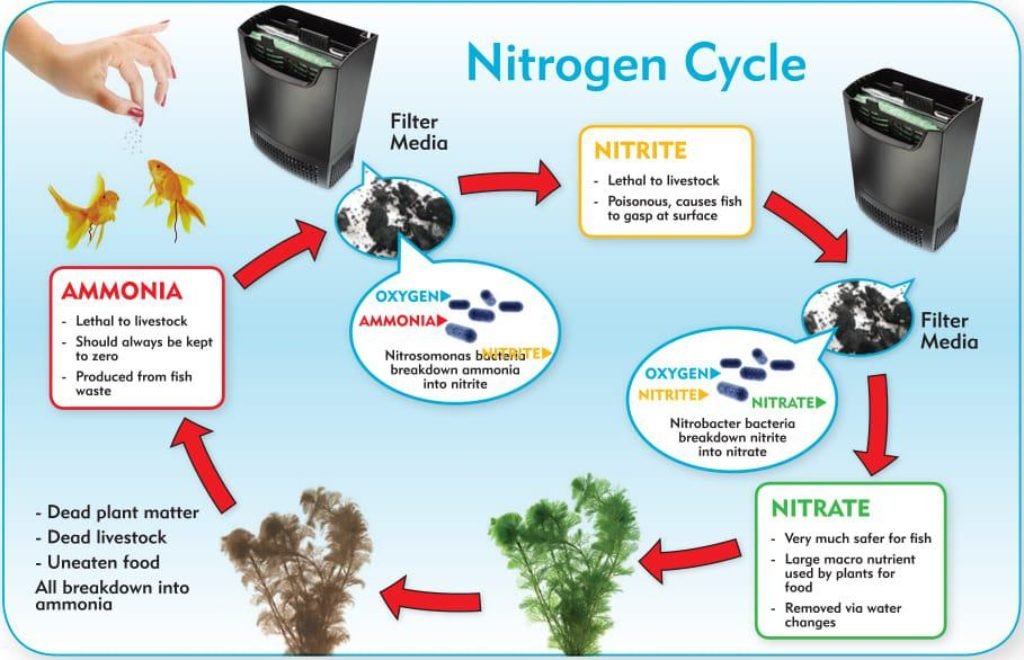
Test your aquarium water regularly.
Monitoring water quality: Testing your aquarium water can help you monitor the levels of ammonia, nitrite, nitrate, pH, and other parameters that can impact the health of your fish. By testing regularly, you can catch any issues before they become major problems and take steps to address them. Testing your aquarium water regularly is an important part of maintaining a healthy and stable environment for your fish. By monitoring water quality, preventing fish stress, adjusting your maintenance routine, and identifying potential issues, you can provide a happy and healthy home for your fish. I would recommend investing in a proper liquid test kit as they are more accurate than the strips.
Setup a quarantine aquarium before adding your fish to your main aquarium.
A quarantine aquarium is a separate tank that is used to isolate new fish or sick fish from the rest of your aquarium. Quarantining new fish can help prevent the introduction of diseases or parasites into your main aquarium while quarantining sick fish can help prevent the spread of illness to other fish in your aquarium. When setting up a quarantine aquarium, it is important to ensure that it is properly equipped with a filter, and heater, you don’t need a light for the duration of the fish’s stay which is around 2 weeks. You should also avoid using any decorations or equipment that have been in contact with your main aquarium to prevent the transfer of any diseases or parasites. It is important to perform regular water changes and test water quality in the quarantine aquarium, just as you would in your main aquarium.
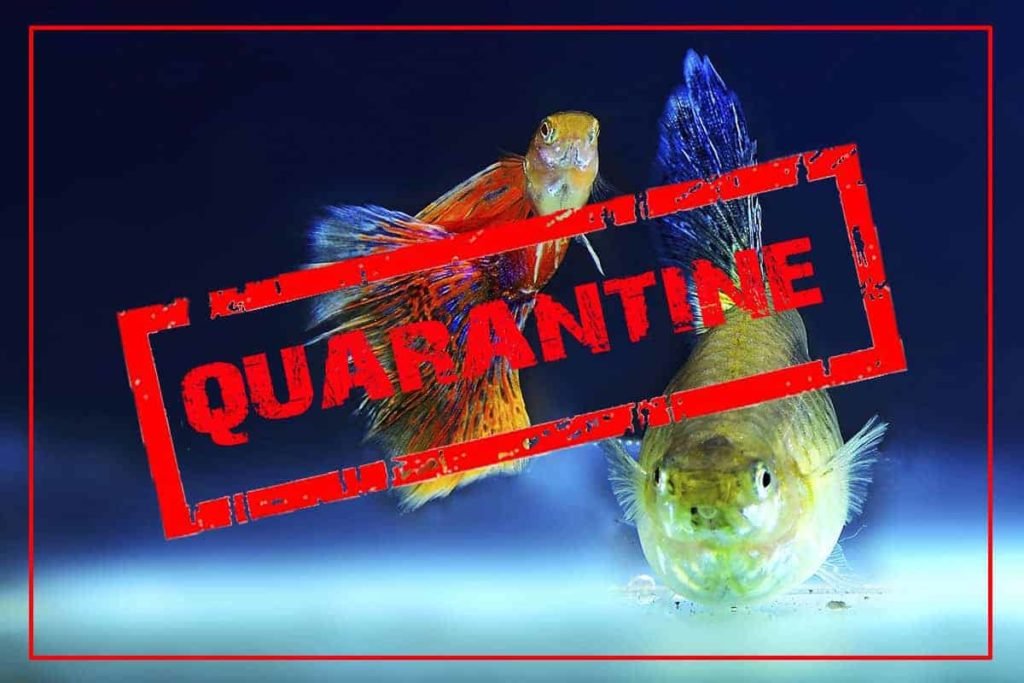
Establishing a regular fishkeeping routine.
It’s harder to forget to do a water change or feeding time if it’s part of a routine. Having a fishkeeping routine can help you create a sense of structure and consistency in your hobby, it will reduce stress and anxiety, increase efficiency, and encourage healthy fishkeeping habits. Whether you’re managing a busy work schedule and juggling your fishkeeping hobby, a routine can help you stay on top of your responsibilities as a fishkeeper and ensure that your fish stay happy and healthy!
Fish require a healthy and balanced diet.
Feeding your fish a balanced diet is crucial to their health and well-being. By providing a balanced and varied diet for your fish and monitoring their feeding habits, you can help ensure that they are getting the nutrition they need to stay healthy and thrive in their aquarium. Here are some tips to help ensure that your fish are getting the nutrition they need:
- Choose high-quality fish food: Look for fish food that is specifically formulated for the type of fish you have, and choose brands that use high-quality ingredients. Avoid foods that contain fillers or artificial additives.
- Provide variety: Just like humans, fish need a variety of nutrients to stay healthy. Offer your fish a mix of different types of food, such as flakes, pellets, frozen or live food, and vegetables.
- Don’t overfeed: Overfeeding can lead to excess waste in the aquarium and contribute to poor water quality. Feed your fish small amounts of food once or twice a day, and remove any uneaten food after a few minutes.
- Consider supplementing with vitamins: Some fish, particularly herbivores and omnivores, may benefit from additional vitamins and minerals in their diet. Look for supplements that are specifically formulated for fish and follow the manufacturer’s instructions for dosage.
- Adjust feeding based on fish age and activity level: Young fish and active fish may require more food than older or less active fish. Adjust your feeding routine accordingly to ensure that your fish are getting the right amount of nutrition.
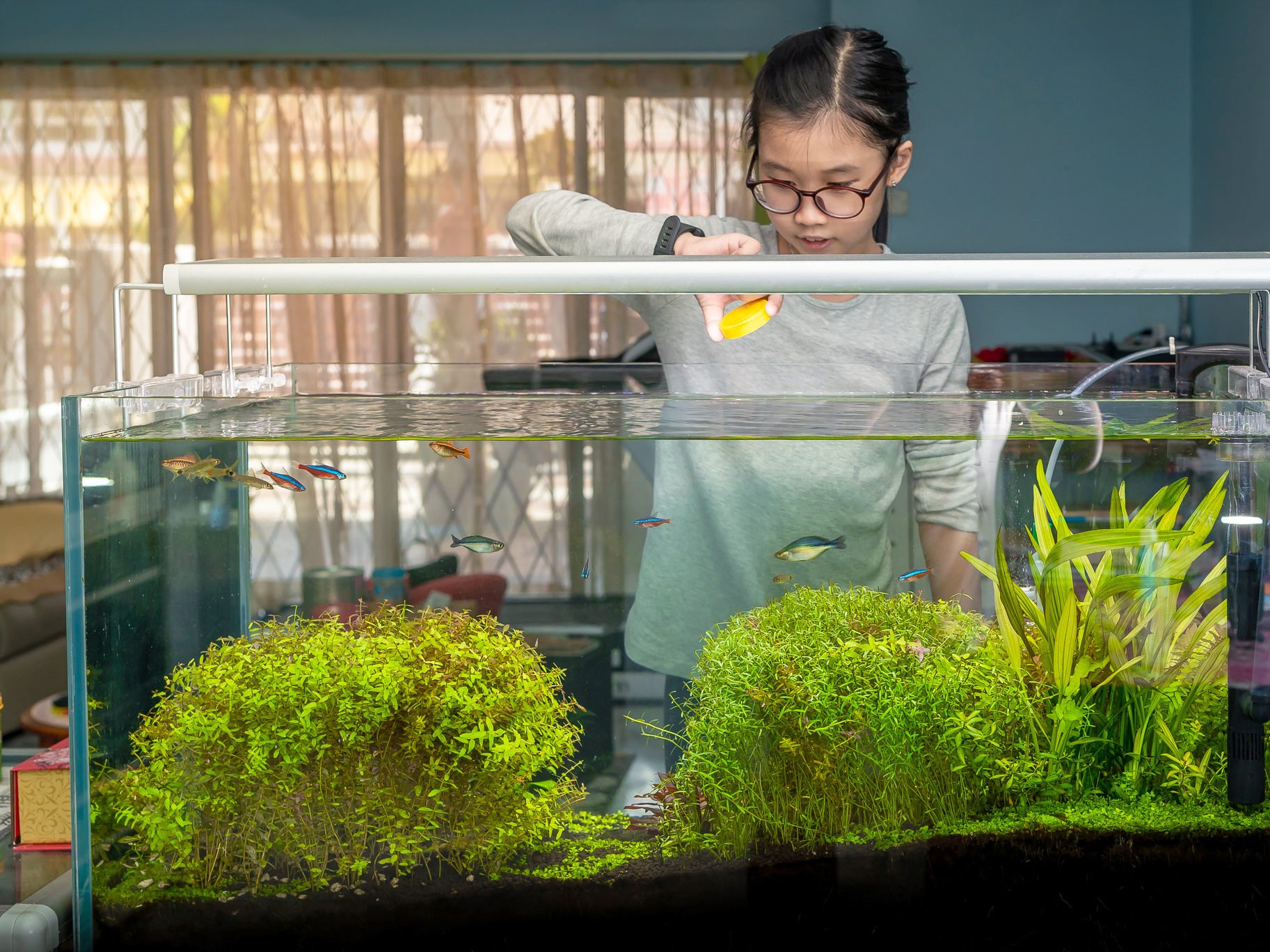
Take the time to sit in front of your aquarium and observe your fish.
Observing your aquarium is an important part of fishkeeping and can help you identify issues early on before they become bigger problems. If you notice any issues or concerns, take action quickly to address them and maintain a healthy environment for your fish.
- Take time to watch: Set aside time each day to observe your aquarium. Watch your fish to see how they interact with each other and their environment. Observe their behavior, swimming patterns, and feeding habits.
- Look for signs of stress or illness: Keep an eye out for any changes in your fish’s behavior or appearance that could indicate stress or illness. This could include lethargy, loss of appetite, discoloration, or unusual swimming patterns.
- Check equipment: Make sure that your aquarium equipment, such as filters, heaters, and air pumps, is working properly. Look for signs of wear or damage, and replace or repair equipment as needed.
Keep spare equipment at hand.
Keeping spare equipment at hand is a good practice for any fishkeeper. When selecting spare equipment, choose items that are critical to the health and well-being of your fish, such as heaters, filters, and air pumps. By keeping spare equipment on hand, you can be better prepared for unexpected equipment failures.
Put your fish’s health and welfare first.
All fish are live animals, and they deserve to be treated with respect and care. Many fish have died despite the best intentions so make sure you are doing the right thing by your fish. As a fishkeeper, it’s important to prioritize the welfare of your fish above all else. By prioritizing the welfare of your fish and providing them with a suitable environment, appropriate nutrition, and proper care, you can help ensure that they are healthy and thriving in your aquarium.



